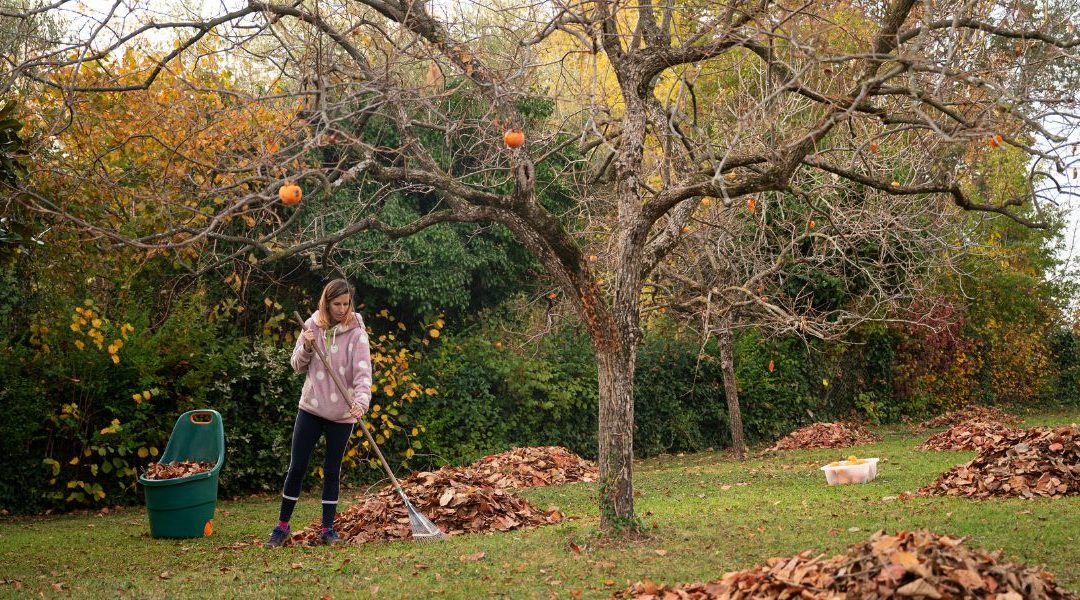Every tree enthusiast wants to ensure healthy growth for their newly transplanted trees. However, it doesn’t always go as planned, and sometimes your tree may suffer from transplant shock.
Trees manifest this shock in several ways, including the loss of leaves. If your newly planted tree is losing leaves, don’t worry yet. Read the following tips from our tree service professionals in Raleigh, NC.
Common Reasons Your Tree Is Losing Leaves
If you notice leaves wilting and falling off your newly transplanted tree, any of these factors could be in play:
Improper Watering Causes Water Stress
If you witness yellowing, browning, or wilting of leaves or extensive loss on your new plant right after planting it, insufficient water could be a major cause. Water deficiency commonly happens during hot, dry summer months when there’s little rain; in that case, irrigation could be helpful.
On the contrary, do not go overboard with watering as more than required can also negatively impact your plant health! Symptoms like spots on leaves or curling are indicative of excessive watering that eventually leads to the shedding of leaves.
Tree care experts recommend two inches of water per week during the summer months. However, you don’t need to water the tree on a rainy day.
Are you giving the tree adequate water, but it won’t stop shedding the leaves? In that case, you could be dealing with a more complex problem, such as vascular system disruption, compacted soil, or competition from the surrounding vegetation.
Insufficient Air Supply Leads to Suffocation
Make sure sufficient air passes between roots while planting by avoiding piling up more than three inches of soil over them. Don’t hesitate to remove the excess soil if your notice your newly planted tree is losing leaves.
Similarly, if you do use mulch, pile up only four inches deep around the trunk to promote gaseous exchange. Excessive mulching can limit air supply and jeopardize water infiltration.
Too Much Chemical Use Is a Potential Hazard
Excessive use of chemicals can harm trees, too: quick-release nitrogen fertilizer overdose, herbicides, and even chlorine present in tap water are detrimental factors for plant growth.
Prevent Leaf Loss in Trees Transplanted Recently
There are several precautions one can take into consideration before and after planting to ensure the long-term health of the tree:
- Proper location selection is critical; plant a tree species based on local soil conditions and sunlight requirements. The right sunlight, spacing, and soil conditions will minimize the stress in the short and long term.
- Plant trees at the right time of year, which is usually spring and fall. The hot, dry summer weather can exacerbate stress in newly planted trees.
- Native trees have higher chances of surviving after transplantation because they’ve already adapted to the environment. A certified arborist can help you choose the best native trees for your property.
- Proper watering is perhaps the strongest weapon against transplant shock. Ensure your tree gets about six gallons of water twice per week. If you’re using a hose, do it with an extremely slow trickle for about 15 minutes twice a week.
Contact Your Local Tree Experts for Assistance
Now that you know why your newly planted tree is losing leaves, work with a professional for the best results.
Raleigh Tree Service in North Carolina is always at your service to take care of all tree care requirements. From pruning young trees to soil fertilization, we provide a complete range of tree care services. Get in touch with our professional arborists at (919)-889-5783 for more information and assistance today!


